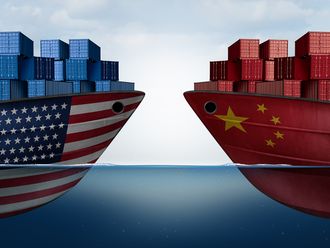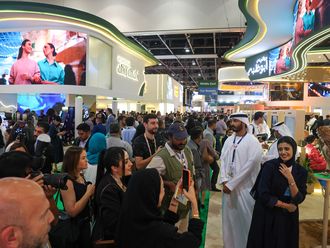I recently wrote about the pressure on crude oil supplies from biofuels such as ethanol and biodiesel, with the production of these non-crude oil sources expected to increase from 1.4 million barrels a day (mbd) in 2012 to as high as 4.1 mbd in 2035, according to the 2013 “World Energy Outlook” from the International Energy Agency (IEA).
The biofuels are either intended to increase the security of supply for crude oil importing countries or improve the environmental quality of fuels when blended with crude oil derived fuels. In many countries the two aims reinforce each other.
There are other liquid streams that are entering — and will continue to enter — the fuel supply chain and affect the level of crude oil supply in meeting global liquids demand.
The coal-to-liquids (CTL) and gas-to-liquids (GTL) are fuels derived by the conversion of coal or natural gas to liquid fuels that are generally blended with crude oil derived fuels to extend the volume and improve quality. There are less common situations where the new fuels can be used on their own as well.
The process is not new as the Germans converted coal to fuels during the Second World War by what was at the time called coal liquefaction. In 1925, Fischer and Tropsch developed the FT process to convert syngas (obtained from coal) into intermediate wax products, which were finally converted into usable fuels of diesel and gasoline.
The process was further developed by South Africa during the sanctions years and the difficulties it faced in getting its need of crude oil. Needless to say that South Africa is endowed with huge and competitive coal reserves, which made it easier to bear the high cost of investment and conversion. Commercial CTL plants are well established in South Africa.
If it is possible to use coal to produce fuels, it is even easier to use natural gas due to the higher hydrogen-to-carbon ratio in natural gas as compared to coal. As oil prices increased and gas prices remained relatively low, some countries invested in converting natural gas to liquid fuels to blend with their crude oil derived fuels.
Natural gas reserves
Currently there are many plants in operation with total nameplate capacity of 13 million tonnes a year in Qatar, Indonesia, Malaysia, Mexico, New Zealand, South Africa and Trinidad. Of course the trend is enhanced by the availability of large natural gas reserves, especially in Qatar where further expansion of the industry is forthcoming.
But natural gas for GTL plants is hardly competitive with domestic use of the gas or its export by pipeline or as LNG. While Qatar is a special case with its huge gas reserves, investment in GTL may still be viable for stranded gas production where other uses are non-existent or infeasible, as in the case of small fields that are away from the infrastructure needed to treat and bring the gas to consumers.
At the same time, the increase in shale gas production in the US and the low gas prices in that country is enticing some companies to invest in small GTL plants and avoid the flaring of gas associated with tight oil production.
Another impediment to these projects is the high per barrel investment cost relative to investment in refineries. “The investment cost of a CTL plant with a production capacity of 50,000 bbl/d of diesel and gasoline is around $4.1 billion (US$ 2006)”, according to IEA. At today’s prices a similar plant may cost $8 billion to $9 billion due to the sharp increase in capital costs in the last ten years.
IEA forecasts the production from CTL and GTL plants combined to increase from 0.4 mbd in 2012 to as high as 1.7 mbd by 2035. The incremental production increase of CTL and GTL between 2012 and 2035 is 1.3 mbd and given that global liquid fuels demand is expected to increase from 88.7 mbd to 105.5 mbd in the same period, or a growth of 16.8 mbd, the CTL and GTL share of that growth would be 7.7 per cent all at the expense of crude oil.
But the decline in oil prices may force a fresh consideration to future projects unless oil prices recover to levels that may bring CTL or GTL projects back into competitiveness.
The writer is former head of the Energy Studies Department at the Opec Secretariat in Vienna.












